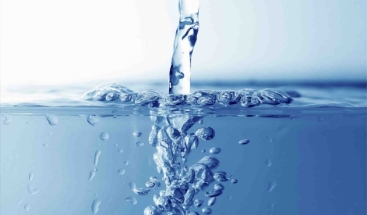Having grown up in the 20th Century, in a rich, developed country, Tuberculosis (TB) is not something I ever even thought to worry about. I was vaccinated against this disease as a baby, and never really heard anything about it, except when reading classic novels by Dickens or the like, which were written in a time when people still died of ‘consumption’ in Western countries.
TB vaccines are still standard issue for babies in developed countries, as far as I know. Again, it’s just something most babies are vaccinated against and then the rest of us in the rich world have the luxury of forgetting this illness even exists.
However, in other parts of the world, TB is still a deadly killer, responsible for 1.5 million yearly deaths worldwide. It ranks right behind HIV in terms deadly infectious illnesses.
According to this article from the Guardian, since TB was eradicated in rich countries around the middle of the 20th Century, people stopped caring about this disease or the treatment of it. In that time, new treatment-resistant strains of TB have evolved and these new strains now pose an extremely deadly threat. Not only that, but the current treatments for TB take about two years, are seriously painful and some can cause deafness or psychotic episodes… all with no guarantee of curing the illness.
I found this article quite shocking and it is so tragic that a disease eradicated in rich Western countries still kills so many people worldwide, and since those people are poor and living in developed countries, their plight is largely overlooked.
The things we take for granted, indeed.
Read the whole article here:
Tuberculosis is an old disease with a new face – and it needs to be stopped | THE GUARDIAN
When rich countries eradicated TB, new treatments dried up. Now the disease has evolved to become drug-resistant – and it’s the world’s poorest people who are bearing the brunt

